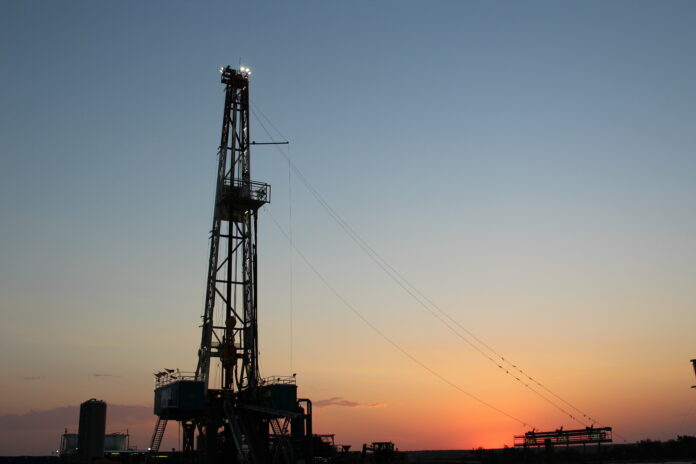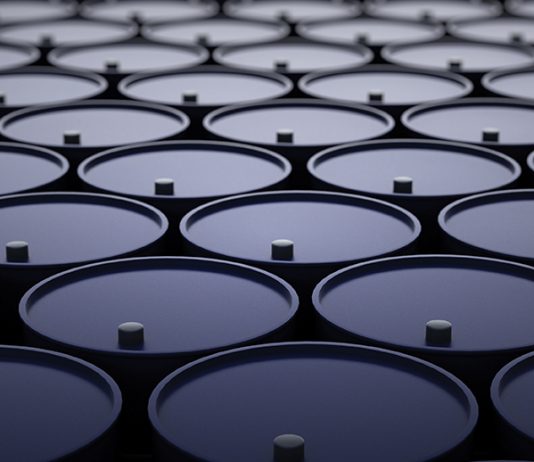
United States oil producers worked hard in 2022 to increase their crude output in response to global shortages. A move that stands to help bolster the country’s energy security. Following the Russian invasion of Ukraine, and subsequent sanctions on Russian energy, the U.S. and other countries raced to find alternative exporters of crude to ensure their supply. Luckily, many of these came from American energy firms. The Permian Basin experienced a record year, a trend that is expected to continue well into 2023.
Developments In the Permian with Chevron and Exxon
As the U.S. introduced sanctions on Russian energy, President Biden asked national oil producers to increase oil and gas output. This served to fill the gap and ensure the U.S. would not face any crude shortages. Most of this increased output came from the Permian Basin, specifically in Texas and New Mexico. This led to Chevron achieving its highest-ever oil output, as companies saw a U.S. crude output increase in the Permian of 1.2 million bpd of oil equivalent. Meanwhile, ExxonMobil praised the new technology being used to improve oil recovery in the region, as well as the payoff from higher investments made during the Covid pandemic.
And the successes don’t stop there. Thanks to the increased demand for national oil, Exxon plans to further develop its stake in the basin with “improved capital efficiency, lower costs, higher resource recovery, and [a] better environmental performance.” This investment in American crude is expected to grow the company’s output to 1 million bpd by 2027. Exxon has also succeeded in reducing emissions in its Permian basin activities. They have eliminated routine gas flaring from all its operations in the Permian, in line with reduction pledges made through 2030. Supported by the introduction of President Biden’s Inflation Reduction Act (IRA), Exxon decided to increase its investment in lower-emission opportunities between 2022 and 2027 from $15 billion to $17 billion.
Let’s Break Down Our Oil Production
Despite a slow start to 2022, Permian oil output climbed gradually throughout the year in response to greater demand for U.S. crude. And in January this year, production rose by 12%, to a record 5.6 million bpd. Overall, U.S. oil production has increased by around 6% over the last year. Energy firms have been greatly encouraged to produce more oil and gas over the last year thanks to Biden’s request for greater output, the introduction of the IRA – which offers financial incentives for carbon capture technology and other low-carbon initiatives, and the high oil prices seen in the post-pandemic period. The incentives will likely continue to spur greater production throughout 2023 and potentially beyond.
Ongoing growth in the Permian Basin, where production is higher than in other parts of the country, is expected to help boost the U.S. oil output to 12.4 million bpd in 2023. In February, estimations suggest that oil production in the Permian could rise by 30,400 bpd. This means that production is expected to reach 5.64 million bpd, allowing it to break yet another record. Meanwhile, the Bakken region of North Dakota and Montana will see a production increase of around 20,000 bpd, to 1.23 million bpd. Additionally, the Eagle Ford shale in South Texas could see a rise of 4,200 bpd, to 1.21 million bpd this month. In addition, gas output from the Permian is expected to achieve a record of 21.7 bcfd in the same period.
What Does This Future of Oil Production Look Like?
The demand for greater national oil production continues due to the ongoing Russia-Ukraine conflict and the battle to ensure greater energy security. The pipeline operator Enterprise Products Partners (EPP) believes demand for nationally produced oil and gas will continue to rise through 2023, with the Permian Basin continuing to respond to this demand with higher output. The Energy Information Administration (EIA) expects U.S. oil production to rise to 12.81 million bpd by 2024, to break the 2019 record average of 12.3 million bpd. During this period, the EIA estimates that crude output in the Permian Basin will reach 5.7 million bpd, although industry experts are less certain due to the high costs involved in Permian operations.
Oil producers are not expected to increase spending significantly this year. The Dallas Fed oil industry survey revealed that only a quarter of respondents plan to substantially increase spending in 2023, compared to 39% with plans to increase spending moderately. This has led industry experts to predict greater stability or even a fall in production in the Permian, contrary to the EIA’s optimistic prediction. Although greater investment in energy infrastructure could encourage an increase in production. For example, EPP has plans to construct an oil export terminal to boost energy transport capacity, in response to the saturation of America’s biggest oil export conduit, Corpus Christi.
In Conclusion
While energy industry experts are unsure about the Permian Basin’s outlook, it seems that the demand for U.S.-produced oil and gas will continue to grow in 2023. As Biden continues to put pressure on American energy companies to perform, and the IRA encourages low-carbon energy production through financial incentives, energy firms will likely respond with higher levels of production while both demand and oil prices remain high.

Author’s Bio
Felicity Bradstock is a freelance writer specializing in Energy and Industry. She has a Master’s in International Development from the University of Birmingham, UK, and is now based in Mexico City.
















